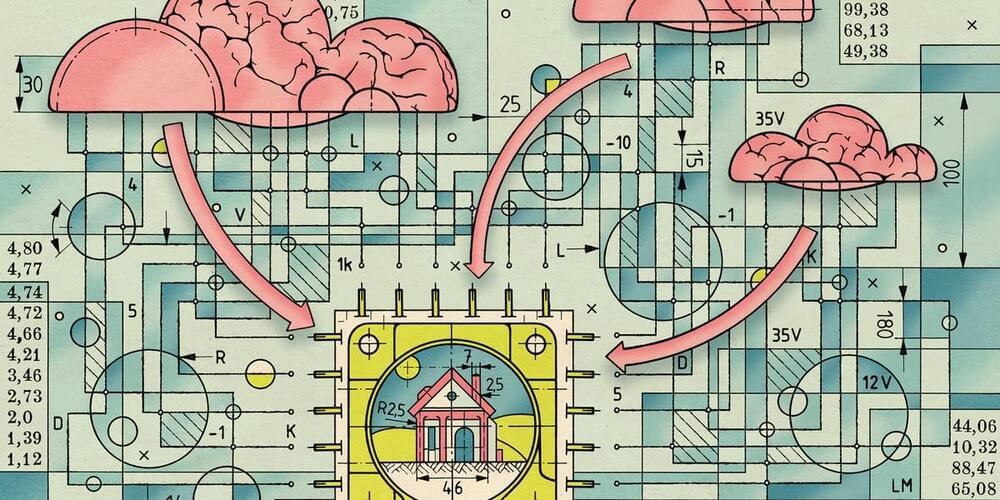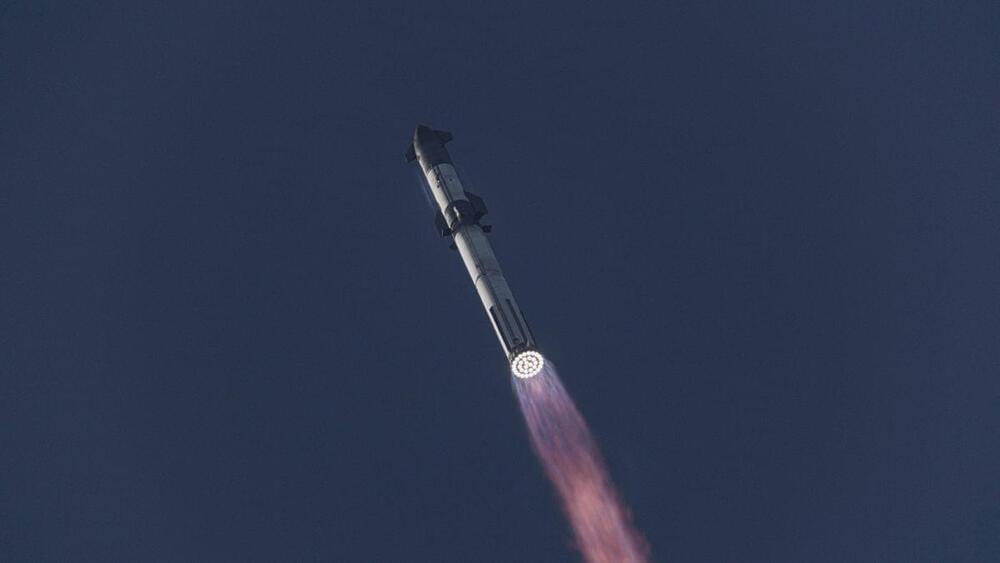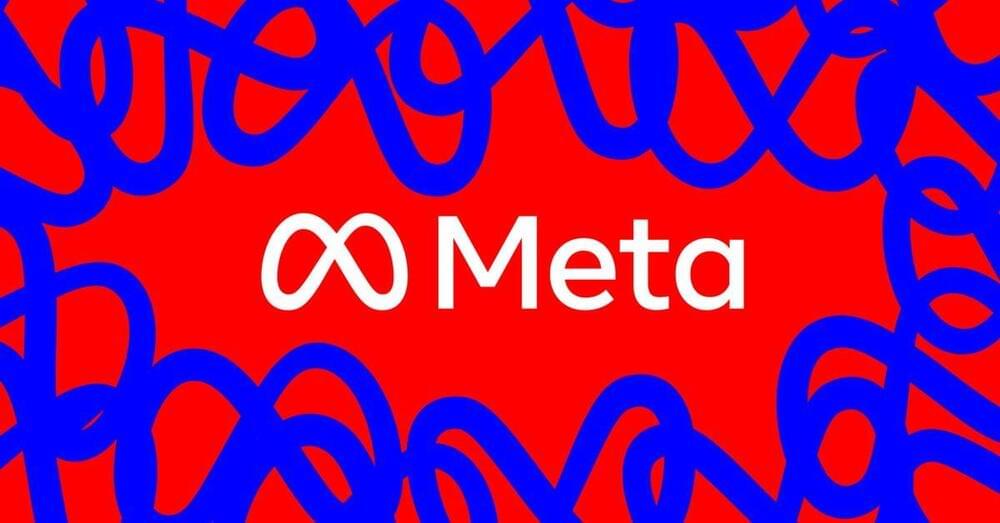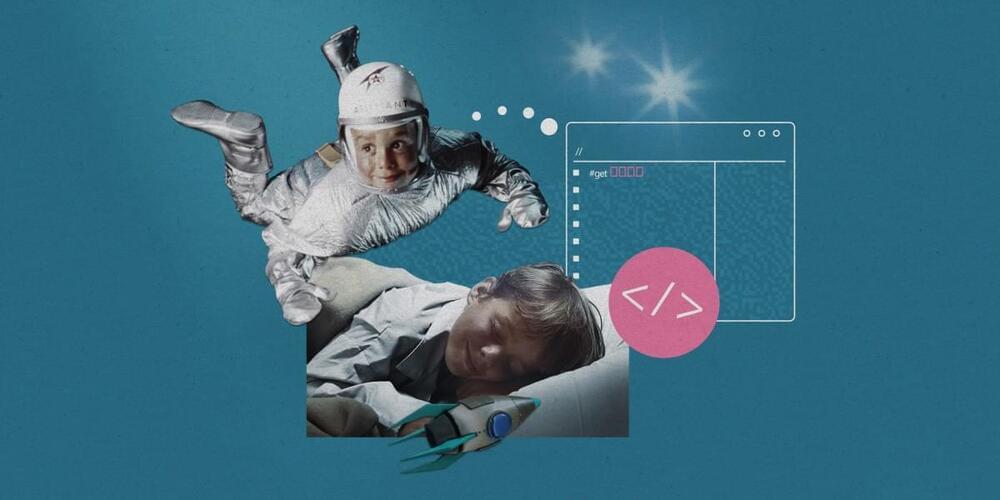Run natively on edge devices, personalized AI assistants will get wild, and weird, soon.




ALBERT LEA, Minnesota (WCCO) — Living to 100 may seem like a major feat, but there are communities around the world where it’s common — they’re called “Blue Zones.”
Minnesota native Dan Buettner is one of the foremost experts on how they work. Buettner’s new Netflix documentary and New York Times bestsellers reveal the secret recipe to longevity.
XPRIZE founder Peter Diamandis on the biggest prize the world has ever seen – and why a successful outcome will mean we’ll all be winners.

Years after Mark Zuckerberg said encrypted chats were coming to Messenger, it’s finally being enabled by default.
Meta is rolling out end-to-end encryption for one-on-one chats and calls on Messenger, finally fulfilling a promise that’s been in the works for quite awhile.
The switch to default has been in the works for a long time.


Google’s chatbot is the best place to try out its new supposedly state-of-the-art model — can it catch up to ChatGPT?
While OpenAI’s ChatGPT has become a worldwide phenomenon and one of the fastest-growing consumer products ever, Google’s Bard has been something of an afterthought.
Is this the moment Bard finally catches up to ChatGPT?


